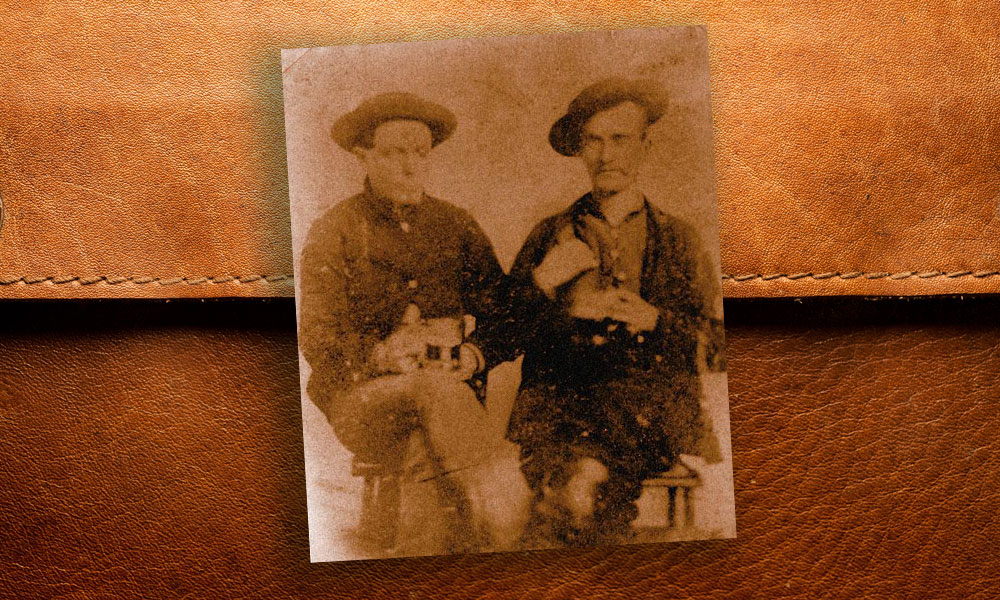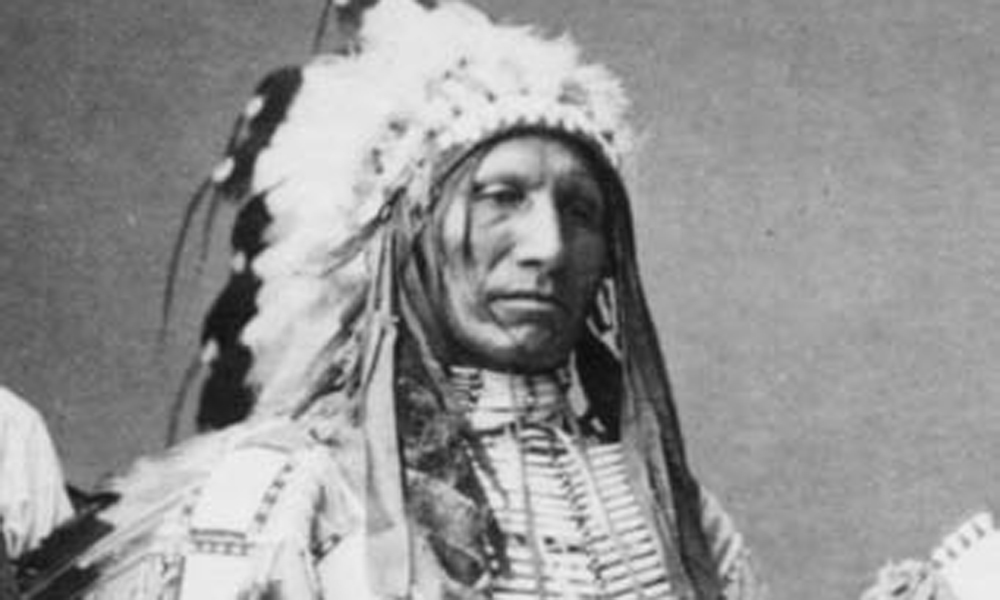 As the Civil War broke out in 1861, you could draw a line in the East to separate the North from the South. You couldn’t do that in the West, where loyalties were mixed.
As the Civil War broke out in 1861, you could draw a line in the East to separate the North from the South. You couldn’t do that in the West, where loyalties were mixed.
The South expected to annex a corridor from the Rio Grande in Texas to the California coast, giving them a clear path to the riches of the California gold fields and a vast swatch to expand slavery, notes historian Ray C. Colton in The Civil War in the Western Territories.
“They expected the Spanish American population of New Mexico to espouse the southern cause and California to secede from the Union. Their strategists assumed that the Mormons would join in opposition to the Federal government. Southern military leaders planned that the Western Indians would give indirect, if not direct, aid to the defeat of the Union forces.”
Talk about being wrong, wrong, wrong, wrong.
California and Utah stayed in the union and efforts in New Mexico and Arizona were…well, not as expected. The South only occupied parts of New Mexico and Arizona for a year, and by March of 1862, the Confederate expansion to the West was over. That’s when the famous Battle of Glorieta Pass in New Mexico helped save the Union.






